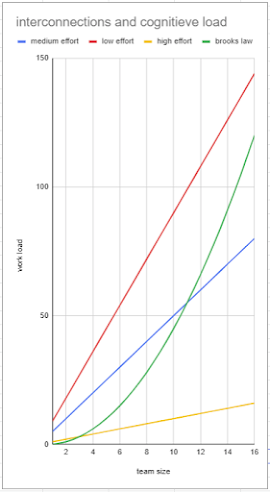One of the goals of Scrum was to get rid of meetings. With meetings I mean unnecessary ones. The only thing that counts is delivering value at the appointed moment so users will be happy. How does Scrum help with effective time management? Scrum helps time management with events.
Scrum events
There are five Scrum events: the sprint, the planning, the daily, the review and the retrospective. In the sprint everything happens: building, refining, testing, delivering. In the sprint all the actions take place to deliver value to the customers. During the planning event, all the work the team thinks they can do in one sprint, is planned: a workplan is thought off, a goal is defined and work items are selected to be completed in the sprint. During the daily standup developers (everybody is a developer in the team) discuss progress and impediments on the defined goal. In other words, they meet to see if they are going to achieve what they have promised all the stakeholders (that includes users). At the review everybody is invited to inspect what has been done during the sprint. Possibly a demo is given to show what has been made. The last event is the retrospective; a moment of reflection by the team to inspect and adapt on the way they do things.
Time spent
About 22.5% of all time has been claimed by Scrum events. We need another 10% per day to learn. That leaves 5.3 hours of actual work time. This doesn't sound much, but this is net time. So all the overhead is gone. We should be able to work for a bit more then five hours a day without interruption.
Let us look at some reasons why we cannot spent this time and on some things that we can do to spent our time more effectively.
Pitfalls
One of the biggest pitfalls is that we are going to listen to other people outside of our time and outside of planned events. The social part is fine, we need that as humans. But the part where it as about work is wrong, there are events and a PO for that. When developers approach a stakeholder to verify something it is fine, then it is part of the developers job. But the other way around will cost time instead of saving it; therefor decreasing performance of the team as a whole.
The second most heard excuse of not working on items from the sprint is that a person is needed in a meeting. There is no meeting where a developer is needed on something that is not on the sprint log. And if there was one, the developer should be the initiator. I've seen developers that could not do their jobs because their expertise was needed. By pulling out a developer, the developers flow will be disrupted, causing a delay of a couple of hours to a days work. Some developers are so busy in attending meetings, that they cannot do their jobs anymore. Attending meetings will make the team loose focus and decrease team performance.
The last pitfall I will mention is to not use all the Scrum events. Some teams cut short on planning, review and retrospective. Not paying enough time for planning will result in extra planning during the sprint, in a change of calculated hours, in a deviation of the sprint goal and result in unpredictability to the stakeholders. Not paying enough time to inspection and adaption events like review and retrospective will stagnate learning of the team and will guarantee performance will never improve.
Good practices
A way to be more effective is to go pair programming. At first sight it seems that it will cost time. But ever since Kent Beck wrote about it, it has been proven over and over again that working in pairs improves quality of the work disproportionately causing less issues and less technical debt, opening up hours to add features.
Sharing knowledge in the form of a center of practice (run by developers) adds to quality of work and to speed of delivery. It will cost time in the form of a meeting. So run the meeting as an Open Space, free for everybody to join if they have anything to learn or to contribute. This is a very cost-efficient way of gaining lots of knowledge and improve quality of work, resulting in less rework and an improvement of performance.
The last tip on spending time more effective is to talk about it during the Daily Scrum. Talk to each other about the work one is doing and find a way to finish the work today. This will increase focus on getting the work done, it will put importance on it. Making your work more important than meetings makes it also easier to say no and stay focused.
Share
Let me know what is holding you back to increase performance or let me know what you did to get things done in the comments below!


